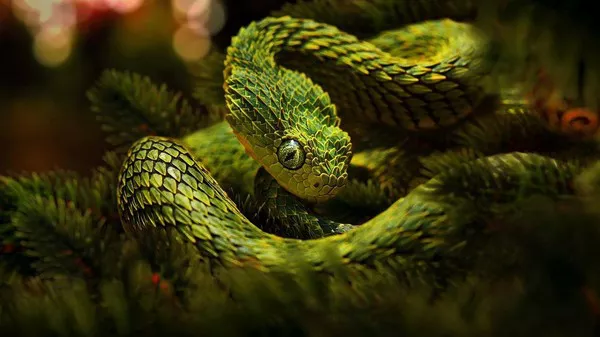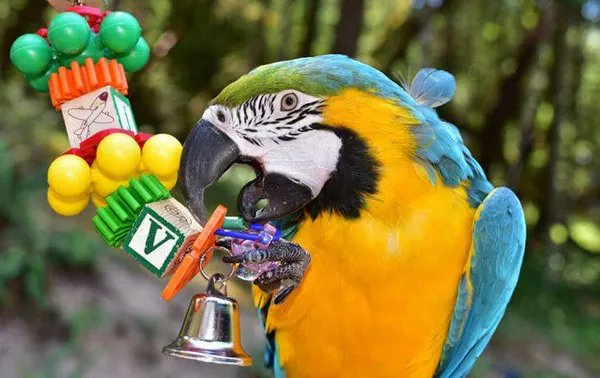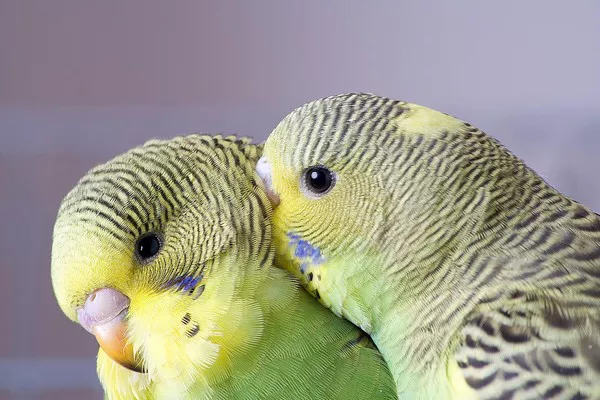Corn snakes are one of the most popular pet snakes due to their docile nature, vibrant colors, and relatively easy care requirements. However, like all reptiles, corn snakes require a suitable habitat to thrive, and the size of their vivarium (enclosure) plays a critical role in their overall health and well-being. If you’re planning to keep a 5ft corn snake, it’s essential to understand how to provide an appropriate living space that meets their physical and behavioral needs. In this article, we’ll explore what size vivarium is suitable for a 5ft corn snake, the considerations when setting up the vivarium, and additional tips for maintaining the habitat.
Understanding Corn Snake Size and Behavior
Before we dive into the specifics of vivarium sizing, it’s important to understand the basic characteristics and behavior of corn snakes, as these will directly impact their space needs.
Corn snakes (Pantherophis guttatus) are a species of non-venomous constrictor native to the southeastern United States. In the wild, they typically grow to an average length of 3 to 5 feet, though some individuals can grow larger, especially with proper care and diet. Corn snakes are relatively slender and flexible, which is a consideration when designing an enclosure. While 5ft corn snakes are typically at the upper end of the species’ growth range, they still require an enclosure that allows them to move freely, climb, and explore.
Corn snakes are known for their docile nature, which makes them an ideal choice for beginner snake owners. They are solitary animals and typically do not need a lot of interaction with other snakes. However, they do need an environment that simulates the conditions of their natural habitat, such as plenty of space to roam, hide, and climb.
Why Size Matters
When setting up an enclosure for a pet snake, size is one of the most important considerations. If the vivarium is too small, your snake may experience stress, have limited space to move and exercise, and may even develop behavioral problems. On the other hand, an enclosure that is too large can make it harder for your snake to find its food, feel secure, and establish a proper temperature gradient.
Providing an appropriately sized vivarium promotes the physical and mental health of your snake. It allows them to feel secure, encourages natural behaviors such as climbing and burrowing, and ensures they can access the necessary resources (such as food, water, and hiding spots) without difficulty.
What Size Vivarium for a 5ft Corn Snake?
The general rule of thumb for snake enclosures is that the length of the vivarium should be at least half the snake’s total length. For a 5ft (60-inch) corn snake, this means the vivarium should be a minimum of 3 feet long. However, it is essential to provide additional space for the snake to move around comfortably and exhibit natural behaviors.
Length of Vivarium
For a 5ft corn snake, a vivarium that is 4 to 6 feet long is ideal. This gives the snake plenty of room to explore and move around, which is crucial for their overall health and well-being. A vivarium that is too short will restrict your snake’s ability to roam, climb, and explore, which can lead to stress and other health issues.
Width and Height of Vivarium
In addition to length, the width and height of the vivarium are also important factors to consider. Corn snakes are primarily terrestrial but are excellent climbers, so their enclosure should allow for vertical space as well as horizontal space.
Width: The width of the vivarium should be at least 2 to 3 feet. A wider vivarium provides more space for your snake to move around and explore. It also allows you to add more enrichment elements, such as climbing branches, hiding spots, and substrate to mimic the snake’s natural environment.
Height: Corn snakes do not require as much height as they do length, but it is still important to have an enclosure with enough vertical space for them to climb and feel secure. A vivarium that is 1.5 to 2 feet tall is generally sufficient for a 5ft corn snake.
Vivarium Dimensions Summary
Based on the above guidelines, the recommended vivarium size for a 5ft corn snake is:
Length: 4 to 6 feet (48 to 72 inches)
Width: 2 to 3 feet (24 to 36 inches)
Height: 1.5 to 2 feet (18 to 24 inches)
These dimensions provide a spacious and comfortable environment for a 5ft corn snake, allowing it to move freely, explore, and display natural behaviors.
Additional Considerations When Choosing a Vivarium
While the size of the vivarium is crucial, there are other important factors to consider when setting up the perfect habitat for your 5ft corn snake.
Temperature Gradient
Like all reptiles, corn snakes are ectothermic, meaning they rely on external sources of heat to regulate their body temperature. In their natural environment, they would move between warmer and cooler areas to maintain the optimal temperature range. Therefore, it is essential to provide a temperature gradient in the vivarium.
Hot Spot: The warm side of the vivarium should be heated to around 85 to 90°F (29 to 32°C). This can be achieved using a heat lamp, under-tank heater, or heat mat.
Cool Side: The cool side of the vivarium should be kept at around 75 to 80°F (24 to 27°C).
Nighttime Temperature: During the night, the temperature can drop slightly to around 70 to 75°F (21 to 24°C), but should not fall below 65°F (18°C).
A proper temperature gradient is essential for digestion, metabolism, and overall health. Without it, your corn snake may become lethargic or even sick.
Humidity
Corn snakes come from relatively dry environments, but they still need a certain level of humidity to stay healthy, especially during shedding. The ideal humidity range for a corn snake is between 40% and 60%, with slight increases during shedding periods.
Humidity Control: Use a hygrometer to monitor humidity levels in the vivarium. If the humidity is too low, you can increase it by adding a water dish or misting the enclosure. If it’s too high, make sure there is proper ventilation and that the vivarium isn’t too damp.
Substrate
Choosing the right substrate is essential for your corn snake’s comfort and health. The substrate should be absorbent, easy to clean, and non-toxic.
Recommended Substrates: Aspen bedding, cypress mulch, and shredded coconut husk are all good options. These substrates allow for burrowing and help maintain appropriate humidity levels.
Avoid: Avoid substrates like sand or gravel, as these can cause impaction if ingested. Additionally, some substrates, such as cedar or pine, contain oils that are toxic to snakes.
Hiding Spots and Enrichment
Corn snakes are naturally secretive animals and need places to hide to feel secure. You should provide at least two hiding spots in the vivarium, one on the warm side and one on the cool side, to allow the snake to regulate its body temperature.
Hides: You can use commercially available hides, such as ceramic or plastic cave-like structures, or natural materials like hollow logs or rocks.
Climbing Opportunities: Since corn snakes are excellent climbers, providing branches or vines will give them opportunities for exercise and mental stimulation. You can also add some artificial plants to mimic the snake’s natural environment.
Lighting
Corn snakes are primarily nocturnal and do not require UVB lighting like some other reptiles. However, providing a light cycle to mimic day and night is important for their well-being. Use a low-wattage bulb or LED lighting to create a natural light cycle, ensuring your snake has a period of darkness each day.
Feeding and Watering
Providing fresh water is essential for your corn snake. They should always have access to a clean water dish, preferably placed in the cool side of the vivarium to avoid overheating. Make sure to change the water daily.
As for feeding, corn snakes are constrictors and feed on small rodents, such as mice or rats. The size of the prey should be about the same size as the snake’s widest girth. Be sure to feed your snake in a separate container to avoid any accidental biting or substrate ingestion.
Conclusion
The size of the vivarium for a 5ft corn snake is critical to its health and well-being. A vivarium that is 4 to 6 feet long, 2 to 3 feet wide, and 1.5 to 2 feet tall is ideal for a 5ft corn snake. This provides enough space for the snake to move, climb, and exhibit natural behaviors. Along with size, it’s essential to consider temperature gradients, humidity, substrate, hiding spots, and lighting to create a comfortable and enriching environment for your pet.
By providing an appropriately sized vivarium and a well-maintained habitat, you’ll ensure that your 5ft corn snake remains healthy, happy, and active.
Related Topics:























